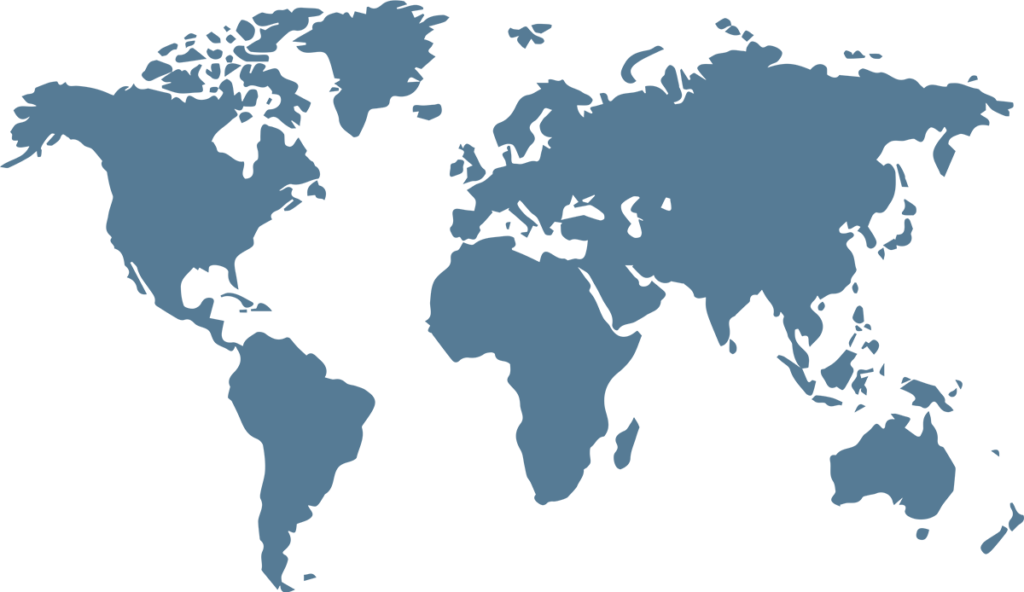Rupa Subramanya is a distinguished fellow of the Asia Pacific Foundation of Canada and co-author of “Indianomix: Making Sense of Modern India.”
India and China have long been geopolitical rivals, even fighting a short border war in 1962, so Indians are always looking over their shoulder to compare themselves to the larger of Asia’s two giant nations.
At times when India’s gross domestic product growth rate surpasses that of China, as it is doing now and is projected to do for at least the coming year, Indians celebrate that the economic performance of their messy democracy is catching up with authoritarian China’s state-led model.
India is poised to overtake China on another major indicator that may perhaps be more of a mixed blessing. This coming week, according to U.N. projections, the world population will hit 8 billion. By the same calculations based on estimated fertility and mortality rates, India’s population will overtake that of China within the next few months.
India’s 1.4 billion population is still growing as fertility remains high, partly because New Delhi has largely eschewed the draconian population control policies that curbed births for decades in China.
While Indira Gandhi implemented a forced sterilization drive as prime minister during a period of emergency rule from 1975 to 1977, the resultant scarring of many poor families made her successors hesitant to take forceful action again. The current administration of Narendra Modi proposed a population control bill in 2019 but withdrew it amid opposition within the governing Bharatiya Janata Party.
According to the narrative championed by the Modi government, a large population is a boon that represents a demographic dividend. That, in turn, will power India’s continued rapid economic growth and development.
Proponents of this view note that India’s dependency ratio, which measures youth and elderly as a combined proportion of the working-age population, has been falling for many years while China’s has been rising due to its swelling ranks of seniors.
But an alternative narrative embraced by a chorus of both Indian and international commentators holds that the country’s large and growing population is a looming demographic disaster.
These voices highlight India’s lack of a large, labor-intensive manufacturing sector to absorb expanding masses of workers and its frequently disappointing GDP growth rate, which only briefly reached double-digit levels in the late 2000s.
Comparatively few young Indians have the skills demanded by the country’s major information technology players. Scholars have linked large populations of unemployed or underemployed young males to a range of social ills, including violence against women and other manifestations of lawlessness and social disorder.
Despite recent gains, only around 40% of the population is considered as actively participating in the workforce. The majority of Indian workers are still employed either in agriculture or the informal sector. Manufacturing represents just 14% of India’s GDP, a lower share than other major developing countries.
 Day laborers gather at a road junction in the Manesar Industrial Area of Haryana state: The majority of Indian workers are still employed either in the informal sector or agriculture. © AP
Day laborers gather at a road junction in the Manesar Industrial Area of Haryana state: The majority of Indian workers are still employed either in the informal sector or agriculture. © AP
Due to its undersized factory sector, India has failed to become a major exporter of manufactured goods. Even as the U.S.-China trade war has caused many companies to shift production out of China, nations such as Vietnam have had greater success at seizing this opportunity, in sectors ranging from clothing to electronics.
For years, the Indian government has emphasized self-reliance more than trade. Only recently has the Modi government begun to pivot toward exports, reinjecting life into negotiations with the EU and Canada on free trade agreements. It appears the authorities have belatedly accepted that export-led growth can provide a sustainable path for long-run economic expansion, as in China and other East Asian nations.
It is worth noting that despite frequent predictions of doom and gloom, India has not seen the type of widespread lawlessness and violence attributed to idle youth in some developing nations in Latin America and Africa. Compared to Johannesburg or Sao Paulo, India’s biggest cities are still relatively safe.
Surplus laborers in India somehow largely manage to find something to do, often in the informal sector or the relatively unskilled services sector of the gig economy. Work delivering food or driving a de facto taxi keeps many busy and paid.
India’s noisy democracy is arguably a key part of how its giant population muddles along. Millions of young people feel able to legitimately influence policy at the ballot box, rather than with street violence.
It is noteworthy that the Indian populace was largely content to put up with one of the world’s most draconian lockdowns early in the COVID-19 pandemic. It is unlikely that this would have been the case without the democratic legitimacy that Modi’s large electoral majority gives him.
The truth is India’s large population is probably neither a dividend nor a disaster but a fact of life that Indians continue to deal with as they have been doing for years.
Source : NikkeiAsia


